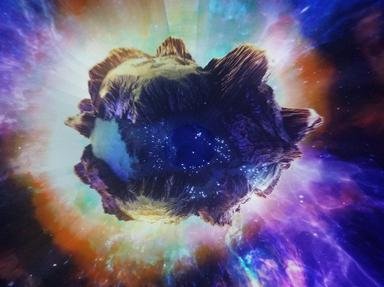Quiz Answer Key and Fun Facts
1. Nebulae come in all the following types EXCEPT which of the following?
2. Which statement is true about white dwarf stars?
3. Pulsars emit strong pulses of energy we can sometimes detect because they are which of the following?
4. Several phenomena are thought to be caused by active galactic nuclei (AGN) powered by supermassive black holes at the centers of galaxies. Which is NOT an AGN phenomenon?
5. The commonly used astronomical distance of a parsec is which of these?
6. The Oort Cloud is populated by many small objects made up of a variety of frozen compounds and is thought to be the source of many comets. Where is the Oort cloud?
7. What is the name for objects that are more massive than planets and less massive than usual stars like our Sun but are NOT core remnants of stars?
8. What are Magellanic Clouds?
9. The Kuiper Belt is characterized by three of these answers. Which is the exception?
10. Which of the following phenomena, which are useful for astronomical studies, is NOT measured using underground or underwater detectors?
Source: Author
andshar
This quiz was reviewed by FunTrivia editor
rossian before going online.
Any errors found in FunTrivia content are routinely corrected through our feedback system.

